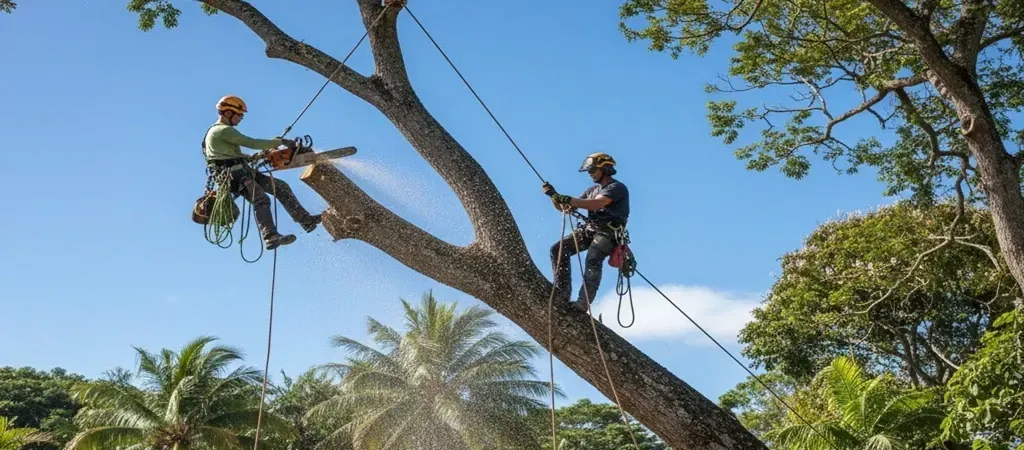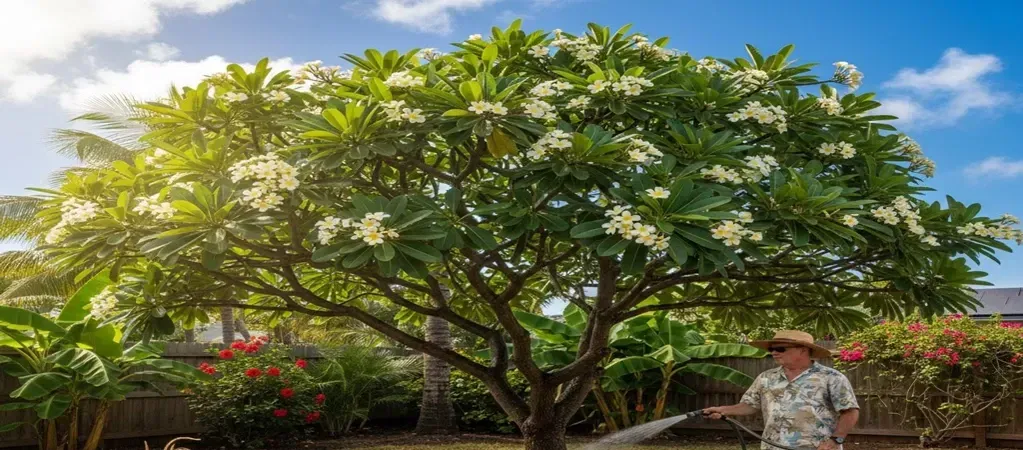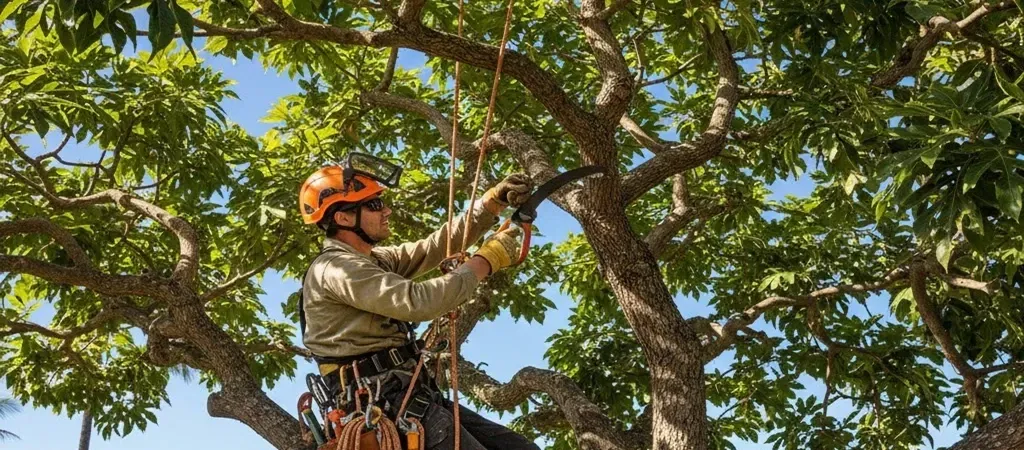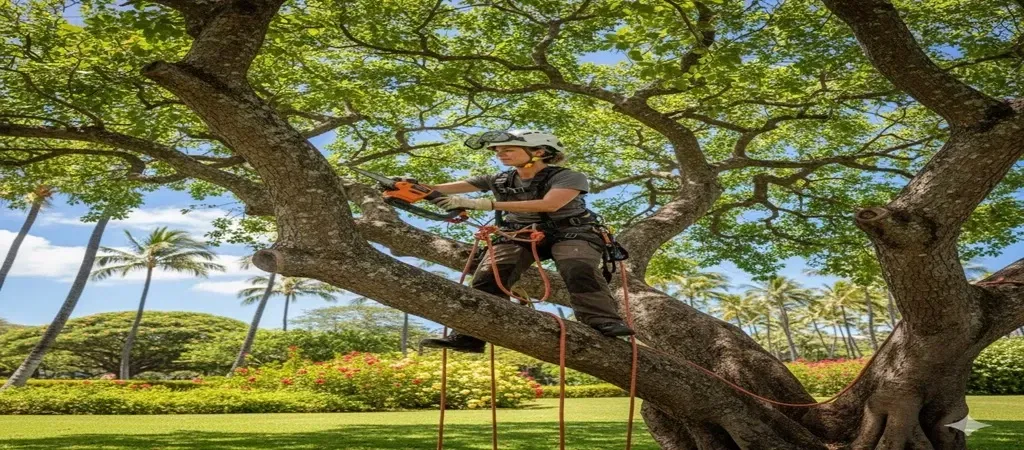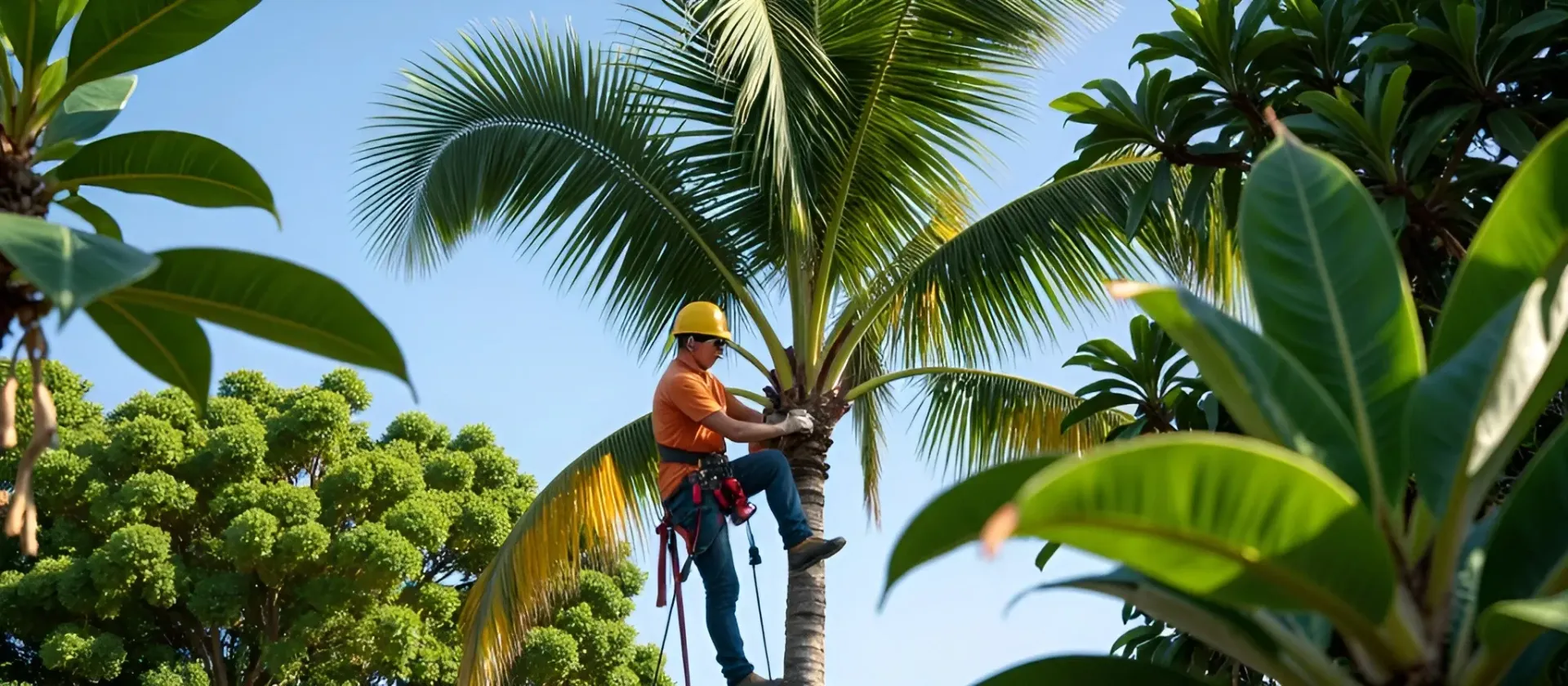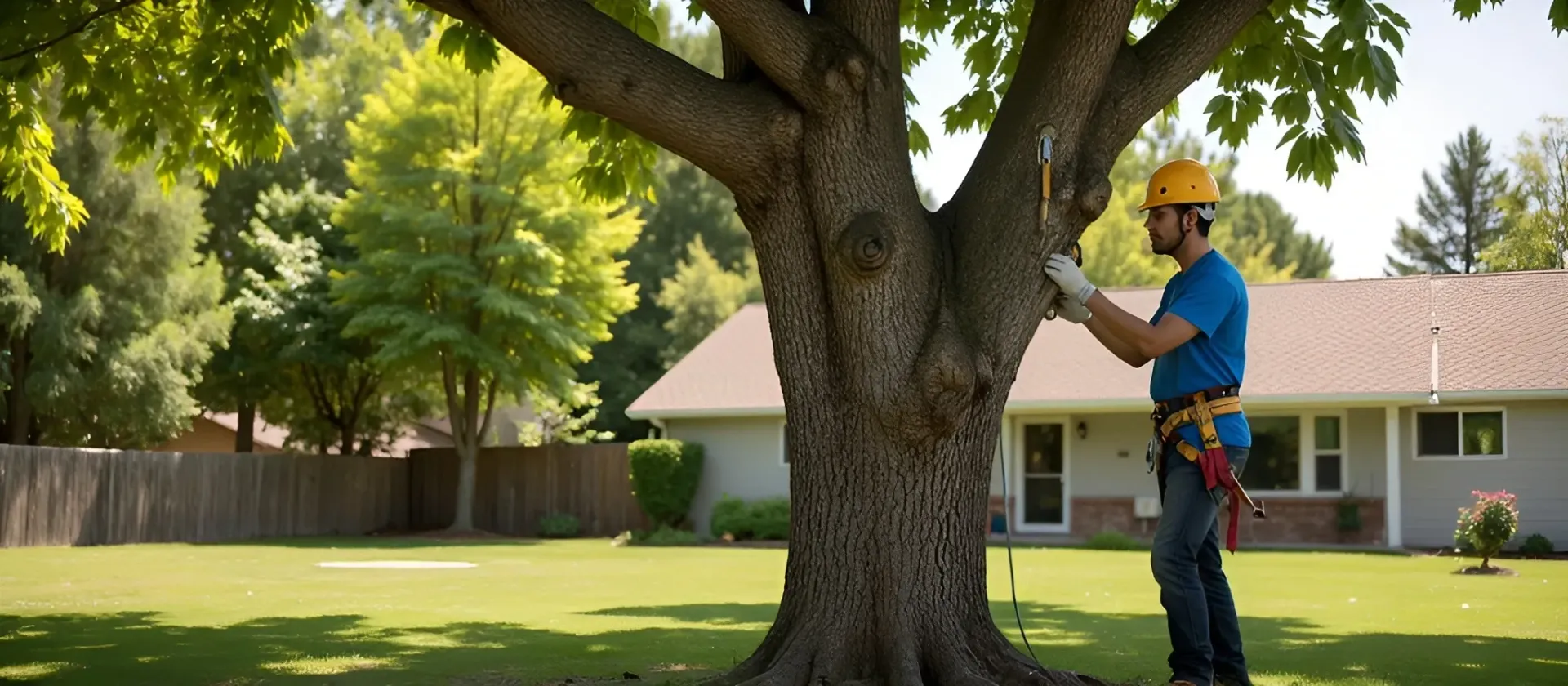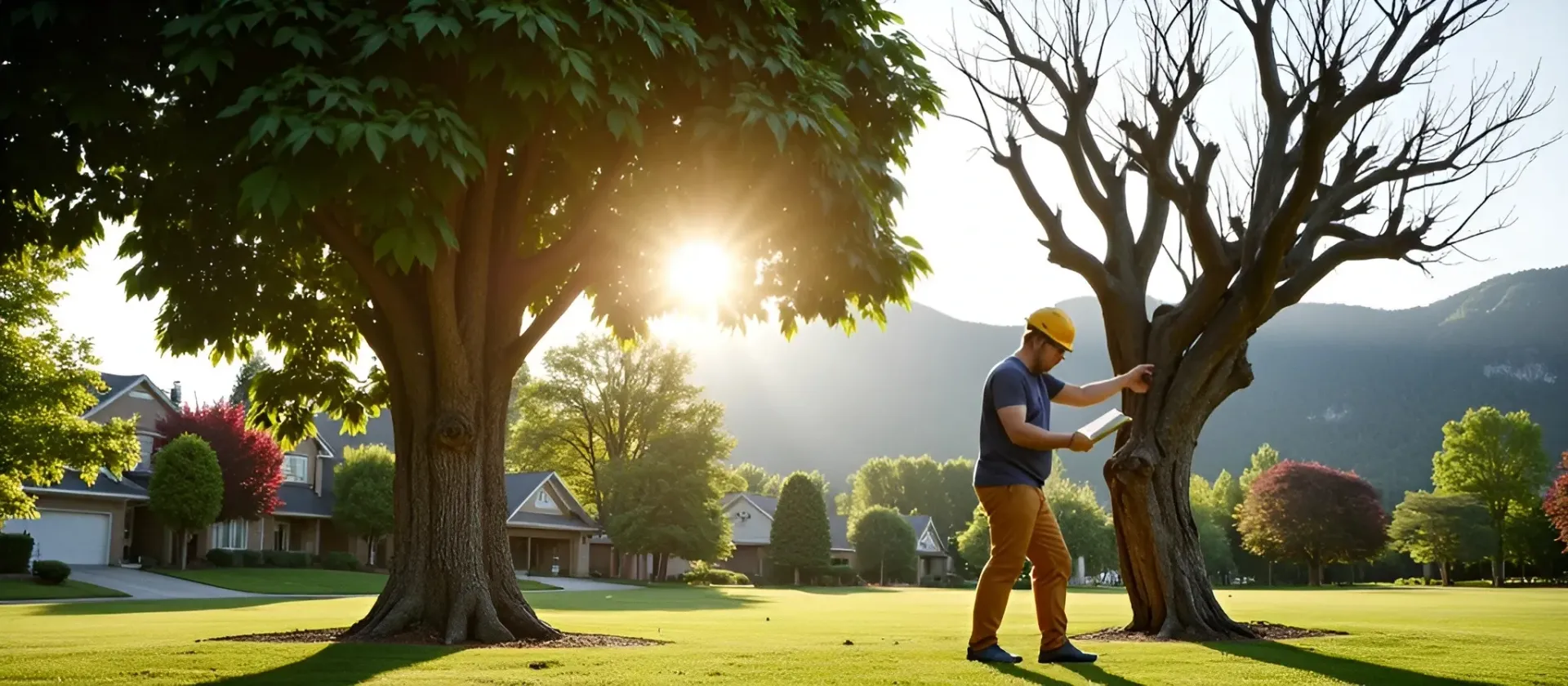How Much Does Tree Removal Cost in Hawaii? A Complete Pricing Breakdown

You’re standing in your backyard in Honolulu, staring up at a massive tree that’s been dropping branches dangerously close to your door.
Now you know it has to come down, but when you start searching online, the numbers are all over the place. One site mentions a few hundred dollars, another mentions thousands, and a neighbor swears they paid “way less” just last year.
It’s confusing, so your first thought is probably: What does tree removal in Hawaii actually cost?
The truth is, there’s no one-size-fits-all type of answer. The tree removal cost in Hawaii varies dramatically depending on size, location, species, and even urgency.
Because Hawaii’s landscape ranges from tight urban lots to lush, hard-to-access properties on Maui or the Big Island, local conditions can make a big difference in price. Add to that the cost of labor, specialized equipment, and sometimes even permits.
To make things a bit simpler, we’ll break down the tree removal costs in Hawaii. Our goal is to give you not just the ballpark figures, but also the why behind the varying numbers, so you can feel confident when you request quotes or budget for a removal.
Average Cost Benchmarks
Here’s a breakdown of what you can expect to pay for tree removal services in Hawaii, according to different sources.
ProMatcher reports a fixed fee between $630 and $779 for removing a standing tree under 30 ft in Hawaii. The fee covers basic removal but excludes permits, stump grinding, emergency service, diseased trees, or proximity to power lines.
HomeBlue, focusing on Honolulu, estimates an average cost of $1400, ranging from $500 to $2300. The fixed price depends on tree height, accessibility, condition, and location.
Manta lists Honolulu County’s average tree removal cost between $793 to $1,067, with an average of around $930. And Ben McInerney, via Infogram, states the average tree removal cost in Hawaii is approximately $1,787.
Yup! All of these figures vary and are very confusing. However, these inconsistent figures reflect how tree removal costs in Hawaii can swing widely. It also shows the effect of factors like urban vs rural location, tree attributes, and the overall complexity of the job.
Cost Breakdown by Tree Size
Using Honolulu data as a baseline:
- Small tree (~20 ft): $500 to $2,300
- Large tree (~60 ft): $1,700 or more, especially when specialized equipment or additional labor is required
For a broader comparison, The Spruce provides national benchmarks (i.e., the national cost range by size of a tree):
- Small (10–20 ft): $135–$405
- Medium (20–30 ft): $215–$450
- Large (30–50 ft): $475–$900
- Extra-large (50+ ft): $960–$1,705
When compared to these mainland averages, Hawaii’s tree removal costs are generally higher. Factors such as labor rates, inter-island logistics, permit requirements, and dense tropical vegetation all contribute to the price difference.
Other Influencing Factors
While tree size is the most obvious driver of price, many other factors play an important role in shaping the cost. Accessibility is often the first hurdle. A tree in a wide and open yard would cost less than one tucked behind fences or surrounded by structures. Therefore, if a crew needs a crane or has to climb because machinery can’t reach, labor costs would climb too.
Similarly, the condition of a tree matters. Healthy trees are often more predictable to cut down, while diseased or decaying ones can be unstable and dangerous. They require more safety and skills. That added risk translates to added cost.
Another major factor is emergency removal. Hawaii’s storms and high winds can topple trees onto roads, homes, or power lines. This could create an urgent situation. Due to short response time, the crew could charge more.
Lastly, there are extra services and fees that can add significantly. Tree trimming, for example, is not always included in the basic estimates. Homeowners may also need to budget for stump removal, permits, and debris hauling.
Cost Saving Strategies
The good news is that homeowners can manage the tree removal cost in Hawaii by adopting a few cost-saving strategies. For example, seasonal timing. During slower months, tree companies may be more flexible on pricing because demand is lower.
Another smart approach is bundling services. This is good if you have multiple trees that need trimming or removal. You can simply schedule them all together to save on extra labor or equipment setup costs.
Since emergency situations could increase the cost, having regular maintenance could help. A tree that’s inspected and pruned every few years is less likely to become a costly hazard during a storm.
And it’s also helpful to obtain multiple quotes and check the company's qualifications. Comparing at least three estimates ensures you are not overpaying and helps you spot unusually low bids that might indicate inexperience or hidden fees.
Conclusion
The cost of tree removal in Hawaii can vary greatly depending on tree size, location, and accessibility. Since every property presents unique challenges, getting local tree removal quotes is absolutely essential. Always request an on-site assessment from a trusted professional rather than relying on averages alone. For more details on safe and reliable services, visit our Hawaii tree removal experts.

